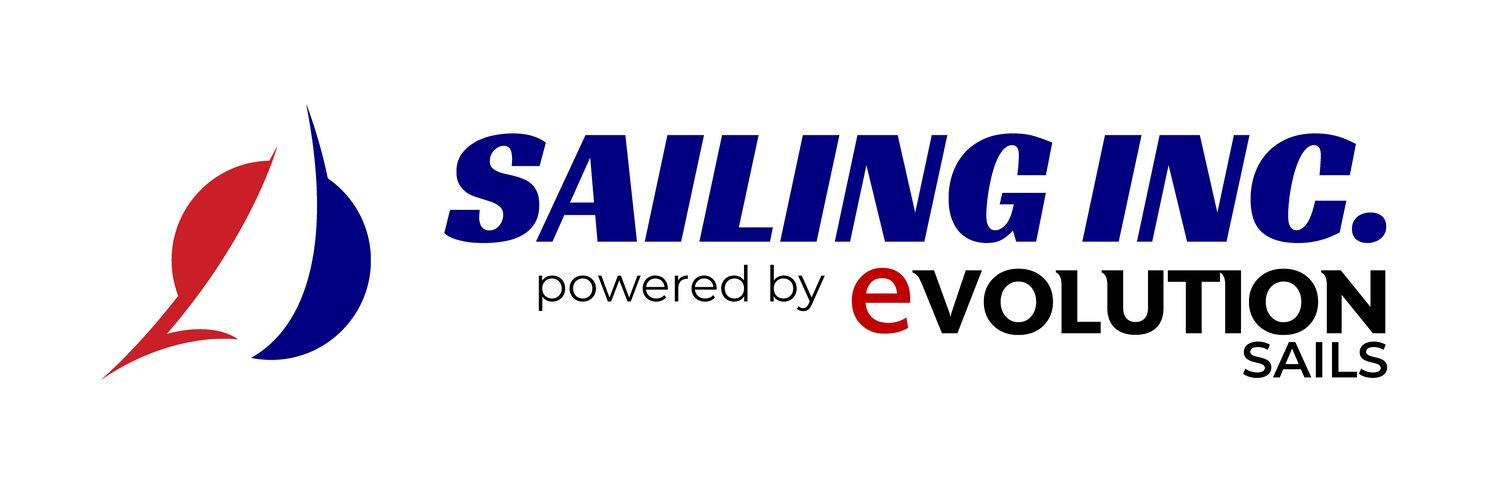PHRF Time-on-Time Scoring Explained
Time-on-Time scoring is being implemented by many clubs across the country in lieu of traditional Time-on-Distance scoring (see below). Because of the nature of the PHRF adjustment using Time-on-Distance, if boats race in wind conditions significantly different than the average, the allowances may be exaggerated or insufficient. For example, in light air all boats travel more slowly, and a race over a given distance takes longer and the time separation between boats becomes greater, whereas in higher winds all boats travel faster and races become compressed. Generally speaking, faster rated boats do better in lighter wind, slower races. And slower rated boats do better in higher wind, faster races under Time-on-Distance scoring.
Time-on-Time scoring gives slower boats more allowance in slower races and less allowance in faster races. For these reasons, Time-on-Time corrections may work better over a wider range of conditions. A further benefit is that the distance of the race is not used in the calculation, rather elapsed time of the race is the basis of calculation. Therefore exact placement of marks and measurement of course length is unnecessary, making this method particulary useful for bouy races around marks that are not permanently fixed (eg, the CORA Harbor Series).
The method of scoring CORA races shall be determined by the CORA Racing Committee and posted on the CORA website prior to the race/series.
HERE is a good article explaning Time-on-Time scoring.
Download a useful ![]() Time-on-Time Calculator Tool you can customize for your yacht HERE. Tool courtesy of Bill Jarvis from the South Atlantic Yacht Racing Association (SAYRA).
Time-on-Time Calculator Tool you can customize for your yacht HERE. Tool courtesy of Bill Jarvis from the South Atlantic Yacht Racing Association (SAYRA).
PHRF Time-on-Distance Scoring
The PHRF rating is provided as a "time-on-distance" allowance. The difference between two ratings is the number of seconds owed for each mile of the race course. Lower PHRF scores equate to faster boats. For example, if a faster boat with a PHRF rating of 150 sails against a slower boat with a PHRF rating of 182, then the faster boat "owes" the slower boat 32 seconds (182-150=32) for each nautical mile of the race course. For example, on a 4 mile race course, the 150 rated boat must finish ahead of the 182 rater by more than 128 seconds in order to be the winner.





